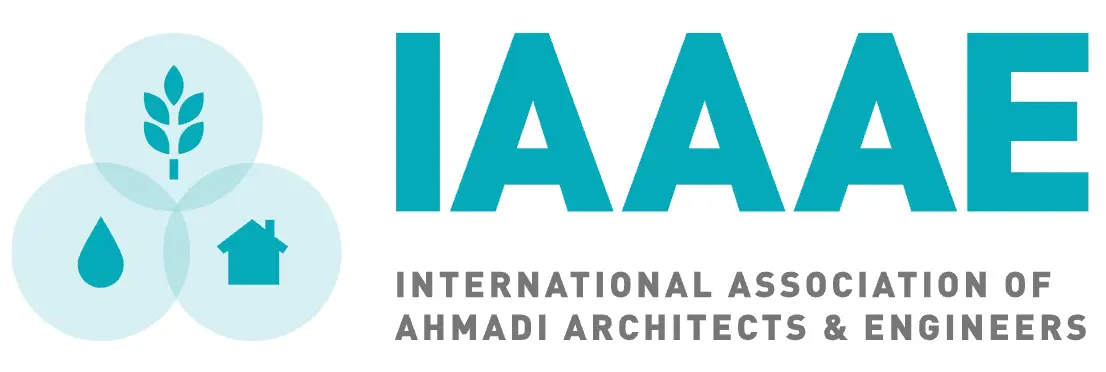Sustaining Futures: Architecture for Humanity
IAAAE’s architecture delivers sustainable mosques, schools, and villages, empowering African communities with eco-friendly, culturally resonant infrastructure.
ARCHITECTURE
The IAAAE’s architectural work is a cornerstone of its mission to serve humanity, as established in 1980 by Hadrat Khalifatul Masih III, Mirza Nasir Ahmad, and expanded in 2004 under Hazrat Mirza Masroor Ahmad to include humanitarian aid. The Architecture Committee, one of the IAAAE’s key sub-committees, focuses on designing and constructing buildings that address community needs while adhering to principles of sustainability, cost-effectiveness, and cultural appropriateness. Key aspects include:
- Humanitarian Focus: Providing infrastructure like schools, hospitals, and mosques to improve education, healthcare, and spiritual life in deprived areas.
- Sustainable Design: Using eco-friendly materials and energy-efficient designs to ensure environmental and economic sustainability.
- Community Empowerment: Engaging local labor and training communities to maintain buildings, fostering self-reliance.
- Global Reach: While centered in Africa, the IAAAE’s architectural projects extend to regions like South Asia and Europe, reflecting its global community of architects.
The IAAAE’s architectural contributions are closely integrated with its other initiatives, such as the Water for Life Committee, Alternative Energy Committee, Model Village Project, and Model Farm Project, creating holistic solutions that combine infrastructure with water, energy, and agricultural systems.
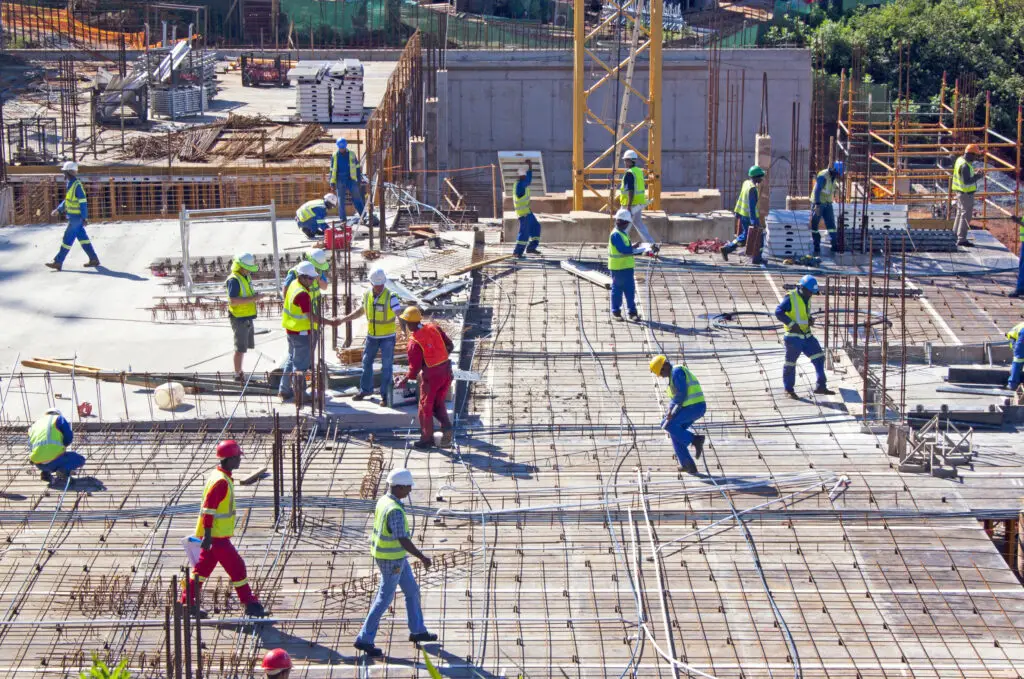
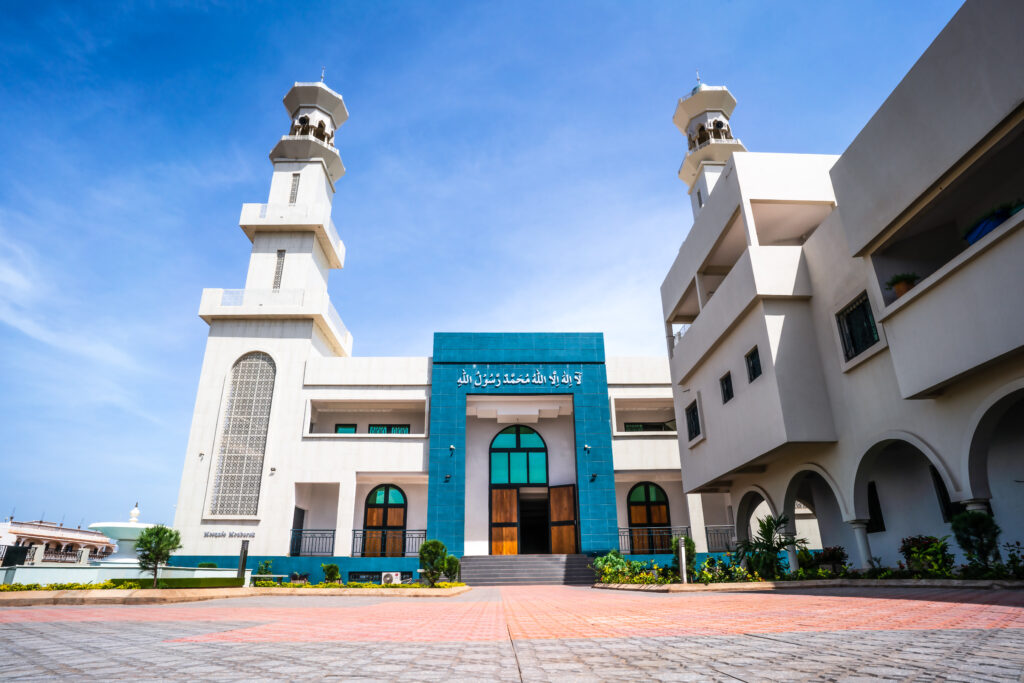
Key Architectural Contributions
IAAAE designs and builds infrastructure that strengthens communities — combining cultural relevance, sustainability, and practical functionality.
Mosques Spiritual and Community Hubs
Built across Africa (e.g. Mali, Sierra Leone, Nigeria)
Feature domes, minarets, and natural ventilation
Constructed with local labor and eco-friendly materials
Impact: Spaces for worship, education, and social unity.
Example: Baitus Salam Mosque in Sierra Leone, a centerpiece for the local Ahmadi community.
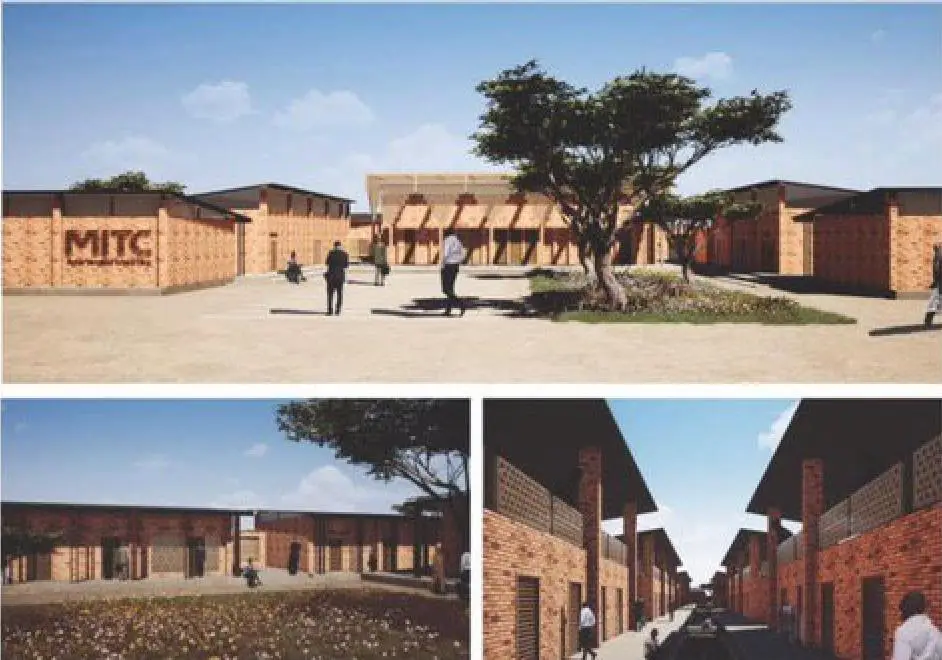
Schools & Colleges Empowering Through Education
Rural schools + Masroor International Technical College
Use of earth blocks, passive cooling, and modular layouts
Integrated in Model Villages (e.g. Benin, Tanzania)
Impact: Enhances literacy, builds technical skills, and supports self-reliance.
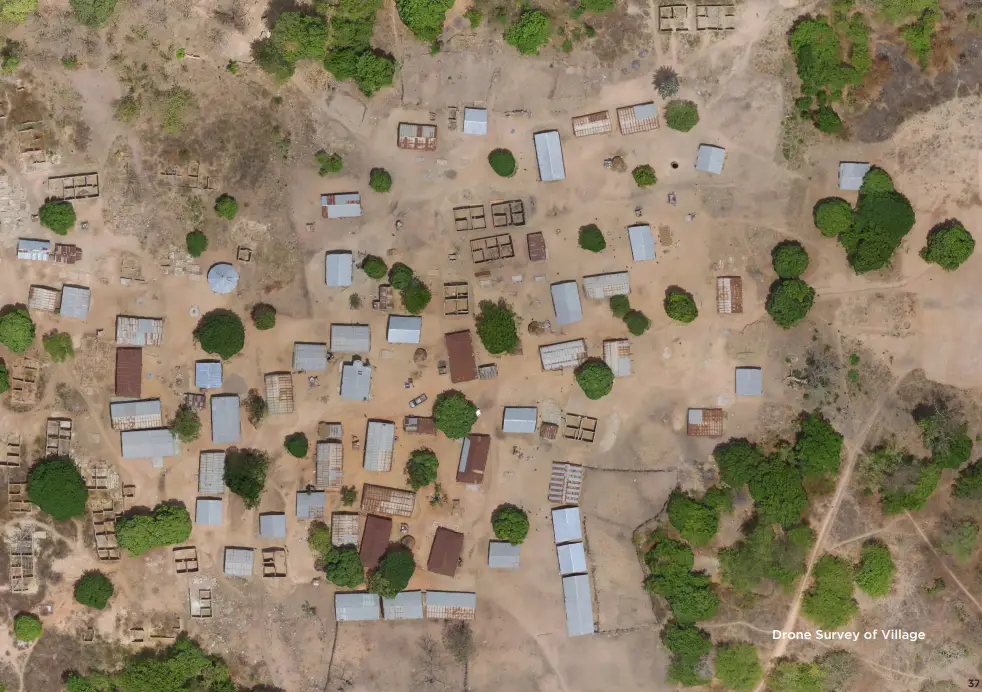
Healthcare Facilities
Clinics and Hospitals for Remote Regions
Hospitals in Burkina Faso and village clinics in The Gambia
Include consultation rooms, solar-powered systems, and local materials
Focus on functionality and affordability
Impact: Reduces disease, supports maternal health, enables vaccines.
Model Villages Self-Sustaining Communities
Projects in Benin, The Gambia, and 20+ villages
Integrate homes, schools, mosques, solar power, and wells
Designed for local climate and built with community input
Impact: Holistic uplift through infrastructure, reducing poverty and improving life quality.
Community Centers & Admin Buildings Spaces for Growth and Governance
Multi-purpose centers in Tanzania, guesthouses, Jamaat offices
Durable and climate-resilient, yet aesthetically designed
Impact: Support social services, workshops, and administration.
Design Principles and Architectural Philosophy
The IAAAE’s architectural contributions are guided by a set of principles that ensure impact and sustainability:
- Sustainability: Use of eco-friendly materials (e.g., mud bricks, bamboo) and energy-efficient designs (e.g., passive cooling, solar integration) minimizes environmental impact and maintenance costs.
- Cost-Effectiveness: Projects prioritize affordable construction techniques, leveraging local resources and labor to reduce expenses, as seen in the use of compressed earth blocks in Benin.
- Cultural Sensitivity: Designs respect local traditions and aesthetics, ensuring buildings resonate with communities and are embraced as their own.
- Community Involvement: Local labor is employed, and communities are trained to maintain structures, fostering ownership and skill development.
- Integration with Other Systems: Architectural projects are designed in tandem with water and energy solutions, as in model villages, creating synergistic benefits.
- Scalability and Replicability: Buildings serve as prototypes for broader application, with model villages demonstrating scalable solutions for rural development.
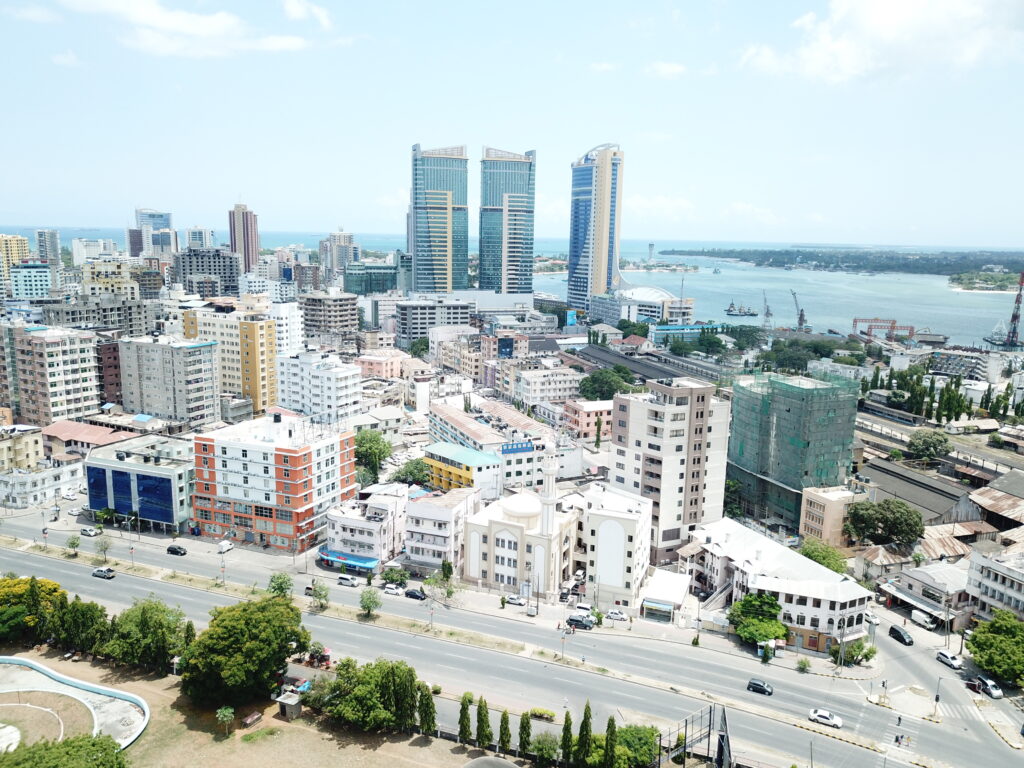
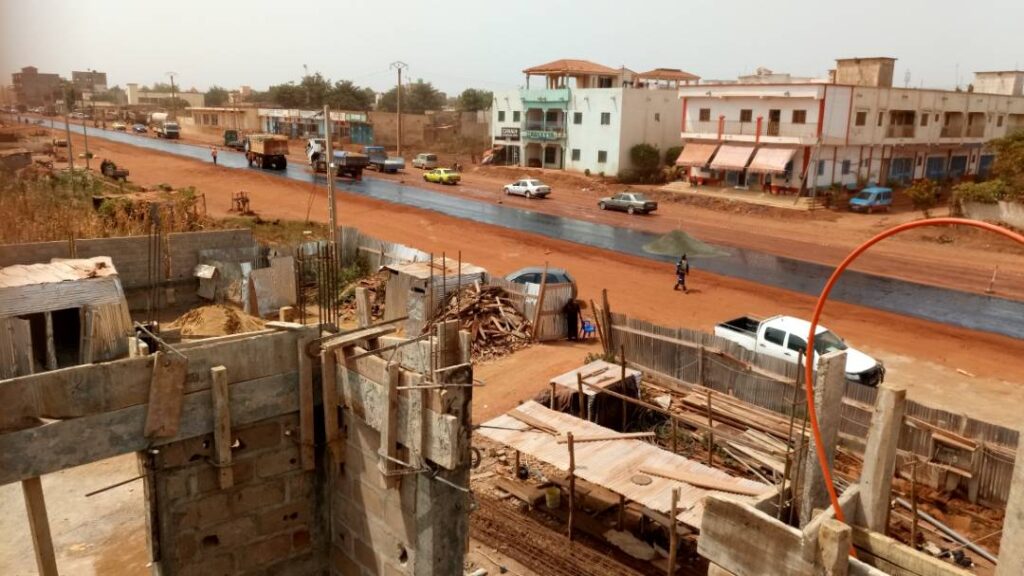
Impact of Architectural Contributions
The IAAAE’s architectural work has transformative effects on communities, particularly in Africa:
- Improved Quality of Life: Schools, hospitals, and mosques address basic needs, enhancing education, health, and spiritual well-being. For example, the hospital in Burkina Faso serves thousands lacking nearby medical care.
- Economic Empowerment: Construction projects create jobs for local workers, and sustainable buildings reduce long-term maintenance costs, freeing resources for other needs.
- Environmental Sustainability: Eco-friendly designs reduce carbon footprints and deforestation (e.g., from reliance on timber), aligning with global climate goals.

- Community Resilience: Durable, culturally appropriate buildings withstand environmental challenges, providing long-term stability. The 20 model villages completed by 2019 house and support thousands of residents.
- Global Recognition: The IAAAE’s work contributes to Sustainable Development Goals (SDGs), particularly SDG 9 (industry, innovation, and infrastructure) and SDG 11 (sustainable cities and communities), earning appreciation from local communities and partners like WaterAid.
“The humanitarian work conducted by the Ahmadiyya Muslim Community is rendered entirely selflessly and without any desire for worldly reward.”
